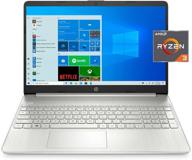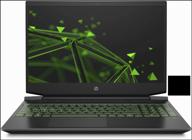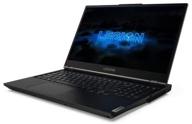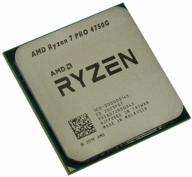
Review on 15.6" Laptop HP 15s-fq071ur 1920x1080, Intel Celeron N4020 1.1 GHz, RAM 4 GB, SSD 128 GB, Intel UHD Graphics, Windows 10 Home, 3B3P2EA, indigo blue by Stanislaw Szudek ᠌

A very high-quality product, I take it not for the first time.
Windows 10 can only be installed with the most up-to-date ISO images. The Intel Rapid Storage Technology driver is loaded so that an SSD can be chosen as the Windows installation drive. To make a Windows 10 USB flash drive bootable and install 64-bit Windows 10, follow these steps: First, get the newest version of Rufus (v. 32022) to make bootable USB drives; second, get the latest version of Windows 10 (64-bit, 20H1 or 20H2) with support for NVMe SSDs; third, get the Intel Rapid Storage Technology driver for the HP 15s-fq2022-series notebook. 4) We load the Windows 10 64-bit ISO image onto a bootable USB flash drive using theRufus v. 32022 (use only the most recent distributions; you must have the most recent Win10 edition); older Windows 10 distributions will not recognize the Intel Rapid Storage driver and will complain about the absence of signed drivers in the SWSetupSP108979F6 folder. Make sure the GRT partition scheme is selected when using Rufus v. 32022 to create a bootable USB with Windows 10 64 bit; 5) Once the Rufus v. 32022 bootable USB flash drive with Windows 10 has been created, unpack the Intel Rapid Storage Technology driver file, and copy the SWSetup folder from the unpacked file to the bootable USB flash drive. When installing Windows 10 on an HP 15s-fq2022ur 2X1R7EA laptop, go into the BIOS and choose the USB boot option (F10). When prompted to pick a disk, select "Load," and then navigate to the Intel Rapid Storage driver (SWSetup > SP108979 > F6). You can install Windows upon the disk now that the driver has been installed; 6) Get the necessary drivers here:? sku=2X1R7EA,Network Driver:.
- Full keyboard backlighting (F5 mode switching), an attractive and lightweight 1920x1080 IPS display, a swift 11th generation Intel Core i5 2.4 GHz processor, and state-of-the-art Iris Xe Graphics G7 80EUs. There is 8GB of RAM already installed across two slots, and it can be upgraded to a maximum of 16GB (not tested). The battery lasts for 9 hours. The time required to install Windows 10 is minimal (minutes), and that's before you even consider the time needed to install drivers on all of your laptop devices.
- Problems with Windows 10 installation include the inability to use an NVMe SSD drive due to the requirement of loading the Intel Rapid Storage Technology driver during the hard drive selection phase (F9).
New products
Comments (0)
Top products in 💻 Laptops

HP 15 Ef1300Wm 3 3250 Silver Windows

100 Review

13-Inch Apple MacBook Pro with 8GB RAM and 512GB SSD Storage in Space Gray - Previous Model

77 Review

HP Pavilion Gaming 15-ec2048ur 15.6" Laptop 1920x1080, AMD Ryzen 5 5600H 3.3GHz, 8GB RAM, 512GB SSD, NVIDIA GeForce RTX 3050, DOS, 4E0T5EA, Dark Grey/Bright Green Chrome Logo

77 Review

Renewed Lenovo Legion 5 Gaming Laptop: 15.6" 144Hz, AMD Ryzen 7-4800H, 16GB RAM, 512GB SSD, RTX 2060 6GB, Phantom Black

95 Review
Another interesting products

Processor AMD Ryzen 7 PRO 4750G AM4, 8 x 3600 MHz, OEM

11 Review

🖥️ Dell Optiplex 990 Tower Business Desktop Computer: Intel Quad Core i5, 8GB RAM, 500GB HDD, Windows 10 Pro (Renewed)

12 Review

27" Apple iMac All-in-One (Retina 5K, Mid 2020) MXWT2RU/A, 5120x2880, Intel Core i5 3.1GHz, 8GB RAM, 256GB SSD, AMD Radeon Pro 5300, MacOS, Silver

13 Review

14" ASUS Vivobook Pro 14X OLED N7400PC-KM059 2880x1800, Intel Core i5 11300H 3.1GHz, RAM 16GB, DDR4, SSD 512GB, NVIDIA GeForce RTX 3050, no OS, 90NB0U44-M01450, silver

26 Review

